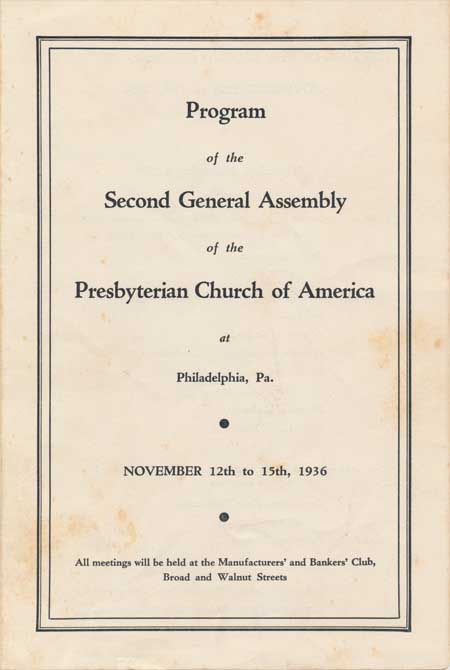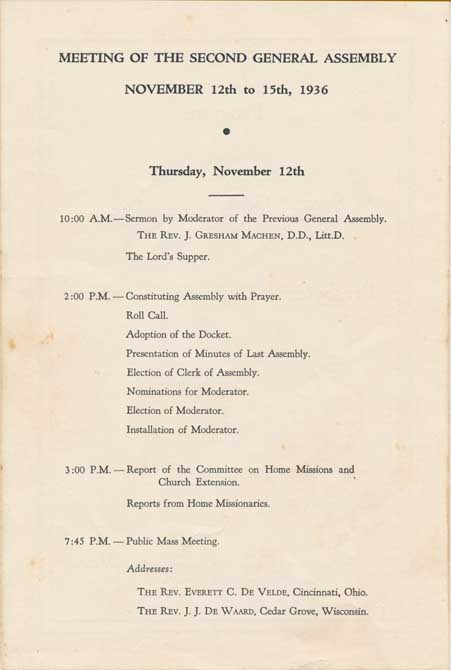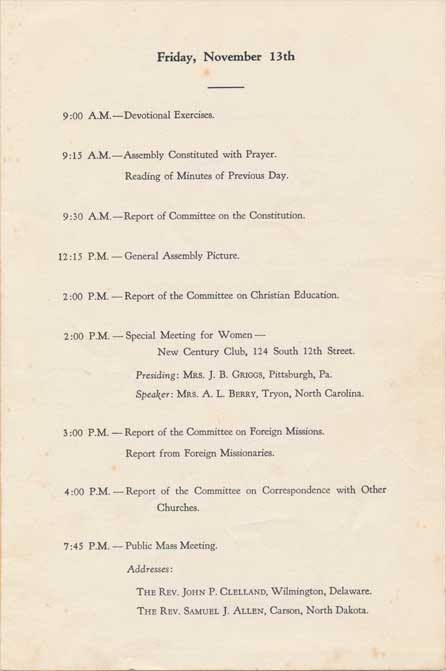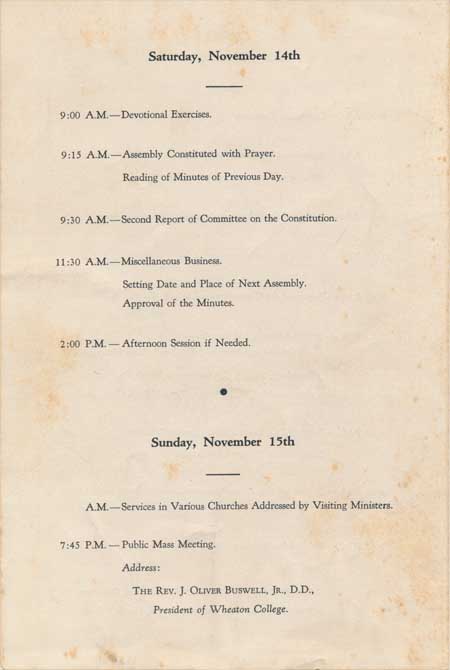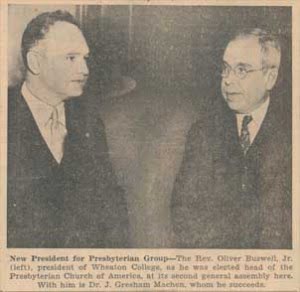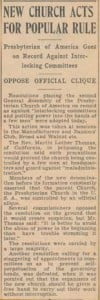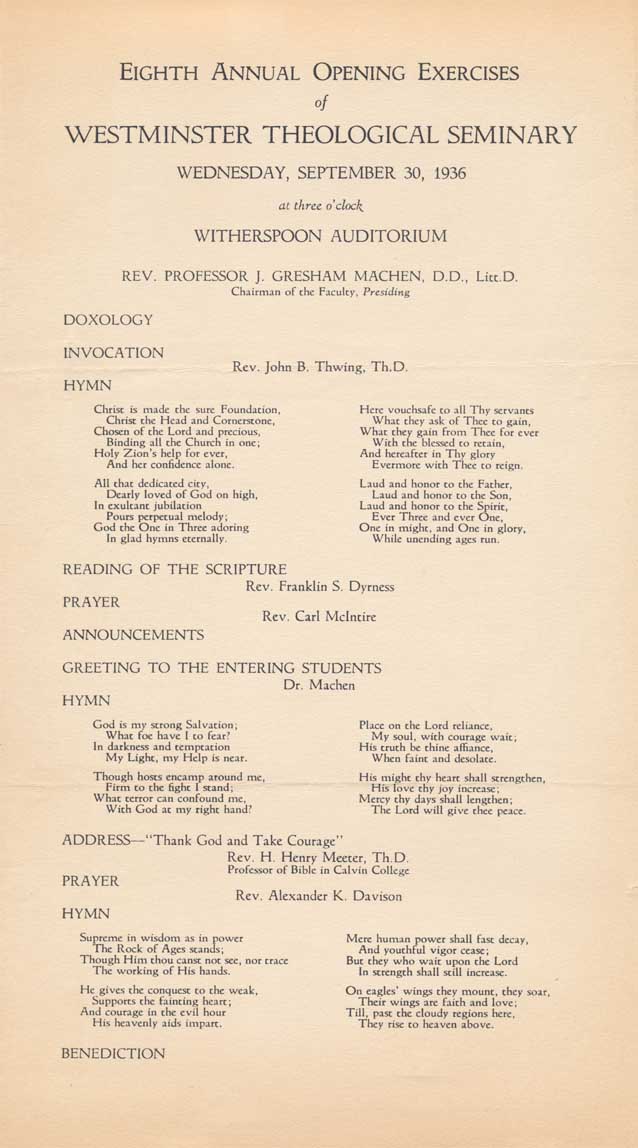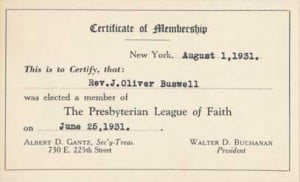Dr. J. Oliver Buswell, Jr.
 James Oliver Buswell, Jr. was born January 16, 1895, in Burlington Wisconsin. When he was four years old he moved with his family to Mellon, Wisconsin. Reflecting upon the example of his father, particularly as displayed during those years following 1899 in the home missions work in the north woods of Wisconsin, Dr. Buswell wrote in 1926: “I thank God for a father who was a perfectly fearless preacher of righteousness, a wonderfully persuasive preacher of grace, and above all, a clear-sighted and patient guide in all his sons’ perplexities.” (Bulletin of Wheaton College, III (May 1926), 2)
James Oliver Buswell, Jr. was born January 16, 1895, in Burlington Wisconsin. When he was four years old he moved with his family to Mellon, Wisconsin. Reflecting upon the example of his father, particularly as displayed during those years following 1899 in the home missions work in the north woods of Wisconsin, Dr. Buswell wrote in 1926: “I thank God for a father who was a perfectly fearless preacher of righteousness, a wonderfully persuasive preacher of grace, and above all, a clear-sighted and patient guide in all his sons’ perplexities.” (Bulletin of Wheaton College, III (May 1926), 2)
In the summer of 1919 just after returning from France Dr. Buswell wrote the following: “Just before the Meuse-Argonne offensive, we were billeted in Camp Marquette for about five days. Everyone knew that we were going into a drive; the spirit of soberness was in the air. We had a revival there…. About thirty-five presented themselves for baptism, and in two days about a hundred and fifty men came to one or the other of us, the two regimental chaplains, stating that they wanted to be known as Christian men. Some of these were already devout Christian characters, and others had just then found Christ as their Saviour…. They were men who had come to Christ as a result of the simple preaching of the old Gospel.” (Bibliotheca Sacra, LXXXII (October 1925), 405)
On the morning of September 26, 1918, the Battle of the Meuse-Argonne began. Dr. Buswell, armed with a 45 caliber automatic pistol and extra ammunition for the troops, went over Vouquois Hill that morning and into the bloody offensive. In the five days that followed nearly two-thirds of the regiment was either killed or wounded. Ninety percent of the men who had identified themselves as believers or who had just become Christians were either killed or wounded. Dr. Buswell ministered to the dead and dying with Bible and bandages. Bullets struck his canteen at his side and pierced his chest gas mask. For bravery and devotion to duty under heavy fire Dr. Buswell was cited in General Orders and eventually received the Purple Heart and the Silver Star, awarded years later in a special program in the Wheaton College chapel on March 17, 1934. Finally, Dr. Buswell himself was wounded in the leg by shrapnel about noon, on Sunday, September 29, 1918. Dr. Buswell spent about three months in a hospital. He returned to his regiment by Christmas, 1918,which was by then in northern France. The Armistice ending the War had been signed November 11, 1918, in Compiegne Forest.
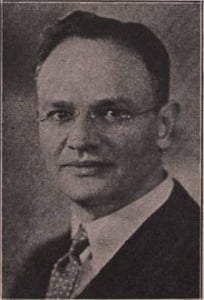 On June 17, 1919, Dr. Buswell debarked in the United States and was discharged from the Army. While overseas, Buswell had developed the outline for his first published work, Problems in the Prayer Life, which was later published in 1927
On June 17, 1919, Dr. Buswell debarked in the United States and was discharged from the Army. While overseas, Buswell had developed the outline for his first published work, Problems in the Prayer Life, which was later published in 1927
Words to Live By: Suffering comes in many forms. There is the suffering that we bring upon ourselves and there is also the suffering caused by others. All of us live in relation to the rest of the world and we are increasingly affected by events far removed from our own immediate circumstances. War is one of the most horrific events which can engulf any people, yet every Christian can have the resolute assurance that God is sovereign over all of human history, that whatever may happen, the Christian rests securely in the Father’s hands. (Isaiah 45; Romans 8).
“Not only in our prayer life, but our whole status of being in grace, is dependent upon Christ. We were “far off,” but now we are “made nigh in the blood of Christ.” [Ephesians 2:13] He is the “great high priest,” “touched with the feeling of our infirmities,” “in all points tempted like as we are, yet without sin.” It is wholly due to Him that we have received the invitation to “draw near with boldness unto the throne of grace, that we may receive mercy, and may find grace to help us in time of need.” [Hebrews 4:14-16] The statement of the lost and hopeless condition of men without Christ is not popular in our day. Nevertheless, there is no access to God, hence no prayer, without Christ, “for there is one God, one mediator also between God and men, himself man, Christ Jesus; who gave himself a ransom for all…” [I Timothy 2:5, 6]
[Buswell, Problems in the Prayer Life, pp. 13-14.]


